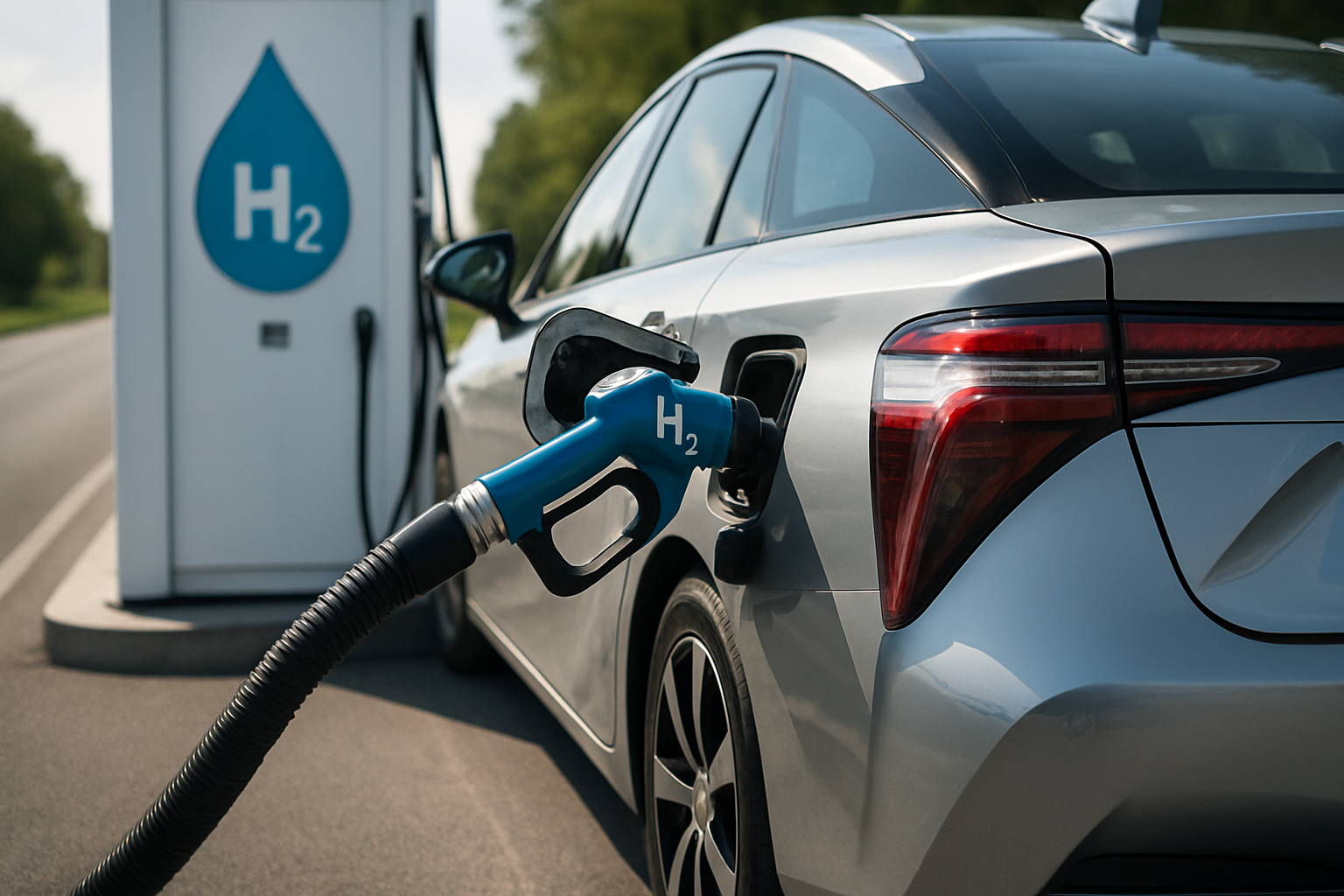Microalgae-Powered Vehicles: The Green Revolution on Wheels
Imagine cruising down the highway in a sleek, futuristic car that runs not on fossil fuels, but on microscopic algae. As you accelerate, the vibrant green culture in your fuel tank churns, converting sunlight into pure, clean energy. This isn't science fiction – it's the cutting-edge world of microalgae-powered vehicles, a technology that's poised to revolutionize the automotive industry and pave the way for a truly sustainable future on the road.

The Biology Behind the Wheel
Microalgae are among the most efficient photosynthetic organisms on the planet, capable of converting sunlight, water, and carbon dioxide into energy-rich compounds at a rate far surpassing that of land plants. These microscopic powerhouses have been around for billions of years, evolving to thrive in a wide range of environments and producing a variety of useful compounds, including lipids that can be readily converted into biofuels.
The key to microalgae’s potential as a vehicle fuel lies in their ability to produce and store large amounts of lipids, particularly triacylglycerols (TAGs). These energy-dense molecules can be easily extracted and processed into biodiesel, a renewable fuel that can be used in existing diesel engines with little to no modification. What sets microalgae apart from other biofuel sources is their incredible productivity – some species can produce up to 60% of their dry weight in oil, far outstripping traditional biofuel crops like soybeans or corn.
From Pond to Power: The Production Process
The journey from microscopic organism to vehicle fuel is a fascinating one that combines cutting-edge biotechnology with traditional industrial processes. The first step is cultivation, which typically takes place in large open ponds or closed photobioreactors. These systems are designed to provide optimal growing conditions for the algae, including plenty of sunlight, nutrients, and carbon dioxide.
Once the algae have reached the desired density, they are harvested using methods such as centrifugation or filtration. The next step is to extract the valuable lipids from the algal biomass, which can be done through various methods including solvent extraction, supercritical fluid extraction, or mechanical pressing. The extracted lipids are then refined and processed into biodiesel through a chemical reaction called transesterification.
Engineering Challenges and Innovations
While the concept of microalgae-powered vehicles is promising, there are still significant engineering challenges to overcome before we see these green machines on our roads en masse. One of the primary hurdles is scale – producing enough algal biofuel to meet the demands of the automotive industry requires vast cultivation areas and efficient production processes.
To address these challenges, engineers are developing innovative cultivation systems that maximize algal growth while minimizing resource use. For example, vertical photobioreactors that can be integrated into building facades or roadside barriers are being explored as a way to increase production in urban areas without taking up valuable land space.
Another area of focus is genetic engineering and strain selection. By identifying and enhancing the most productive algal species, researchers aim to dramatically increase oil yields and improve the overall efficiency of the biofuel production process. Some labs are even exploring the possibility of creating synthetic algae specifically designed for fuel production.
On the Road: Performance and Practicality
As exciting as the technology is, the ultimate test for microalgae-powered vehicles will be their performance on the road. Early prototypes have shown promising results, with algal biodiesel demonstrating similar energy content and combustion properties to petroleum-based diesel. In fact, some studies have shown that algal biodiesel can actually improve engine performance and reduce emissions compared to conventional fuels.
One of the most intriguing aspects of microalgae-powered vehicles is their potential for carbon neutrality. Since algae consume carbon dioxide as they grow, the fuel produced from them can be considered carbon-neutral when burned, as it only releases the CO2 that was absorbed during the algae’s growth. This closed carbon cycle could significantly reduce the automotive industry’s carbon footprint.
The Future of Green Mobility
While microalgae-powered vehicles are still in the early stages of development, the potential impact on the automotive industry and global sustainability efforts is enormous. As the technology matures and production scales up, we could see a dramatic shift in how we fuel our transportation needs.
Imagine a future where filling stations cultivate their own algae on-site, producing fresh biofuel for customers in real-time. Or consider the possibility of cars with built-in photobioreactors, capable of generating their own fuel as they drive. These scenarios may seem far-fetched now, but they represent the kind of innovative thinking that microalgae technology is inspiring in the automotive world.
As we face the urgent need to reduce our reliance on fossil fuels and combat climate change, microalgae-powered vehicles offer a tantalizing glimpse of a greener, more sustainable future for transportation. While there are still hurdles to overcome, the progress being made in this field is a testament to human ingenuity and our ability to find innovative solutions to complex problems. As research continues and technology advances, we may soon find ourselves cruising into a cleaner, greener future – powered by the humble microalgae.





